Jaisalmer is a treat for all those people who love history and wish to discover unique things. Established in 1984, the Government Museum offers a huge collection of marine and wood fossils. This museum features some of the rarest sculptures from Kiradu and Lodurva townships.
Established by the Department of Archeology in the year 1984, the Government Museum is a prime tourist attraction of Jaisalmer. It was built to highlight the multifaceted traditional and cultural heritage of the Great Thar Desert. Prominent crowd pleasers of the museum are its paintings, inscriptions, coins, statues of stone, embroidered dresses and handicraft items. A distinctive attribute of the museum is its rich collection of marine and wood fossils, limestone and sandstone that gives insight into the geological era. It also features some rarest sculptures from the 12th century Kiradu and Lodurva townships.
The fossil records highlights various hard-shelled invertebrates and vertebrate animals, and even a collection of soft-bodied creatures like sea anemones and young insects. A beautiful glass case holds the state bird of Rajasthan – the Great Indian Bustard. Apart from these, tourists from all around the world visit the museum to set eyes on the rare collection of items of Rajasthani tradition. 72 stone sculptures, 13 paintings, 65 coins, eight inscriptions and 179 embroidered dresses and handicrafts are its repertoire.
If geology interests you, then Jaisalmer is where you need to journey. The Wood Fossil Park or Aakal is located about 15 kilometres away from the city. Here, one can discover and trace geologic tragedies that occurred in the Thar Desert 180 million years ago. The city of Jaisalmer also acts as the guard to western Rajasthan (and India’s) frontier. This ‘Golden City’ is located close to the Pakistan border and in close proximity to the Thar Desert. The city’s most prominent landmark is the Jaisalmer Fort, also called Sonar Qila (Golden Fort). Unlike most other forts in India, Jaisalmer Fort is not just a tourist attraction. It houses shops, hotels and ancient havelis (homes) where generations continue to live.
Jaisalmer traces its inception to the 12th century. History tells us of Rawal Jaisal, the eldest heir of the Rawal of Deoraj, was passed over for the throne of Lodurva and a younger half-brother was crowned king. Rawal Jaisal went looking for a new location to set up his capital when he came across sage Eesul. The sage told him about Krishna’s prophecy which said that a descendant of his Yaduvanshi clan would found a new kingdom at this same spot. It was in 1156 that Rawal Jaisal constructed a mud fort, named it Jaisalmer after himself and declared it his capital.



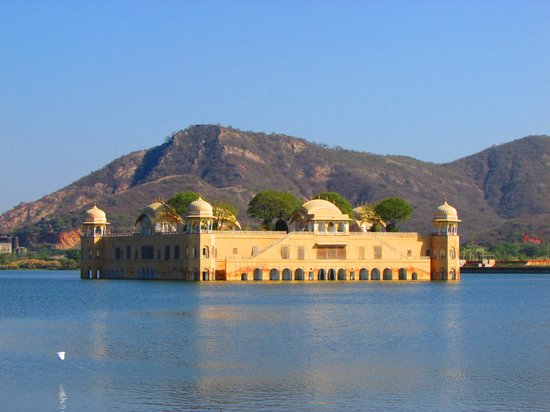
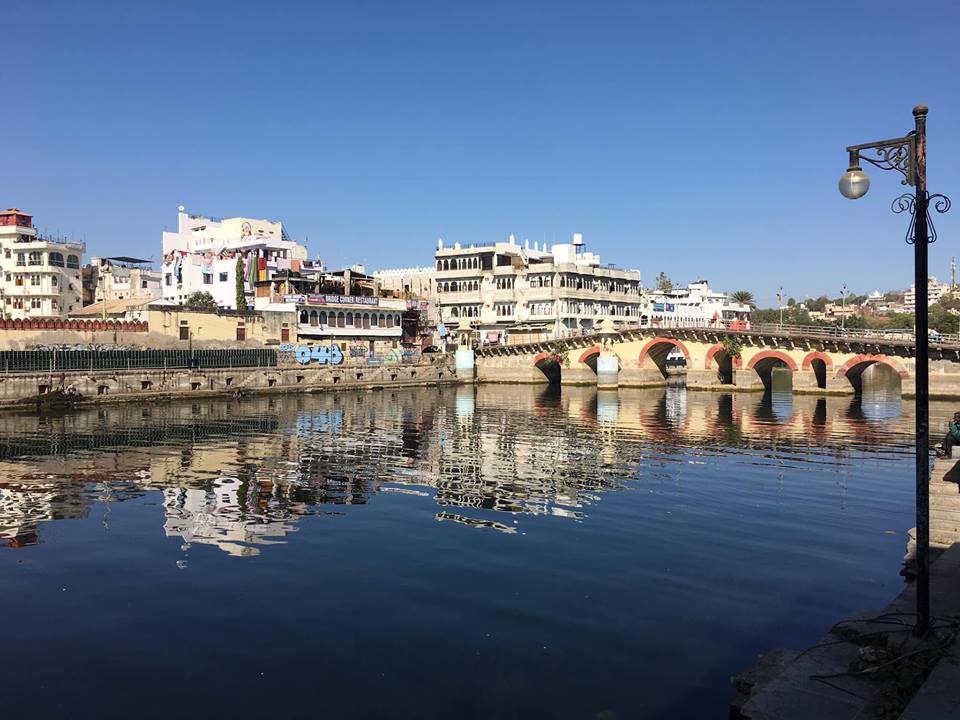
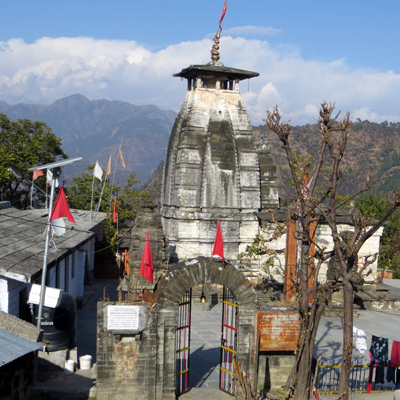

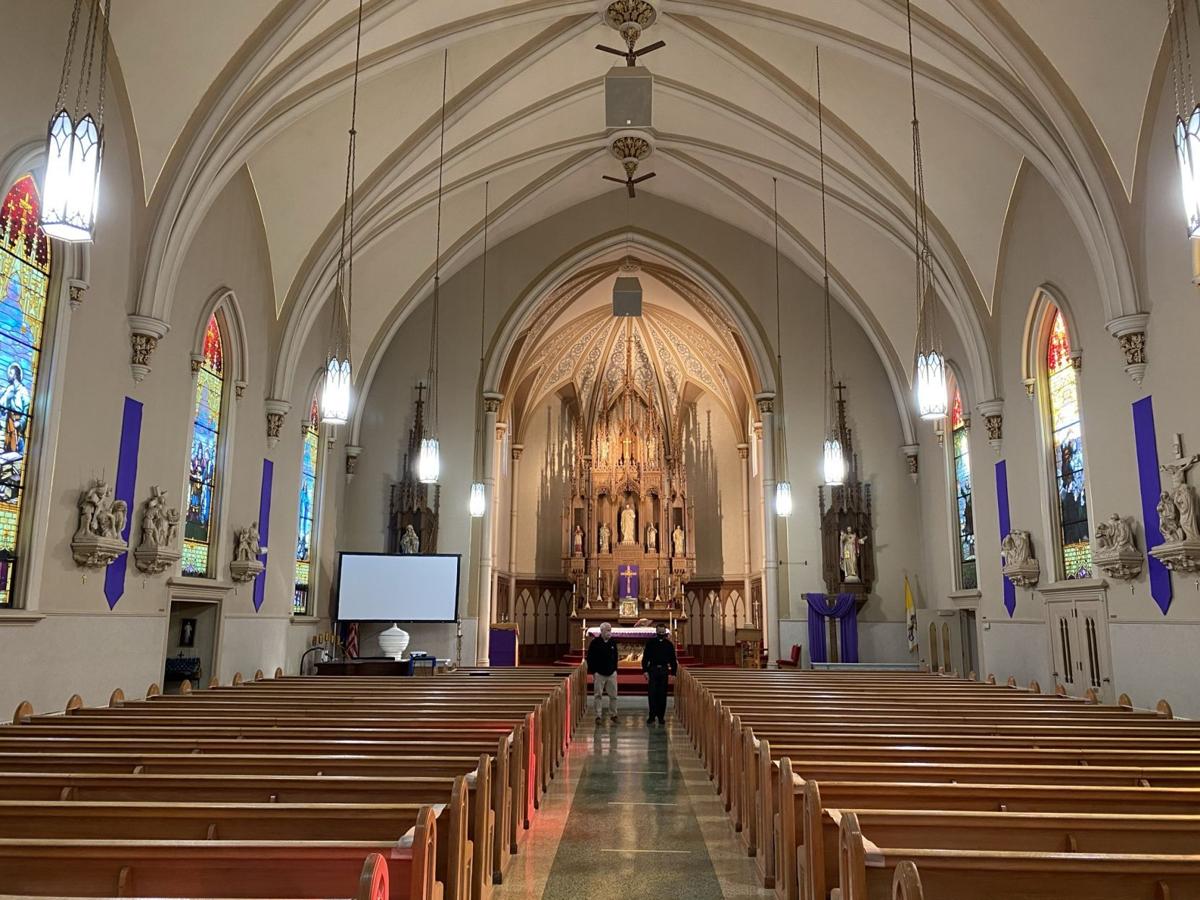

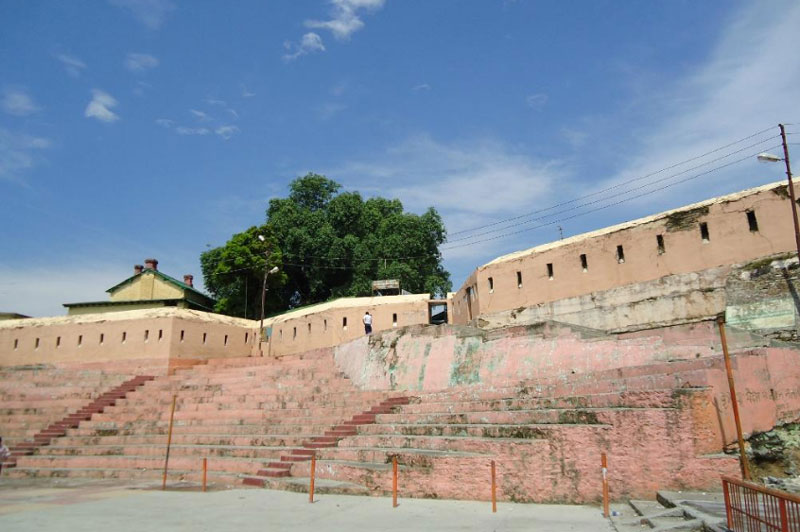



11 Comments
Comments are closed.